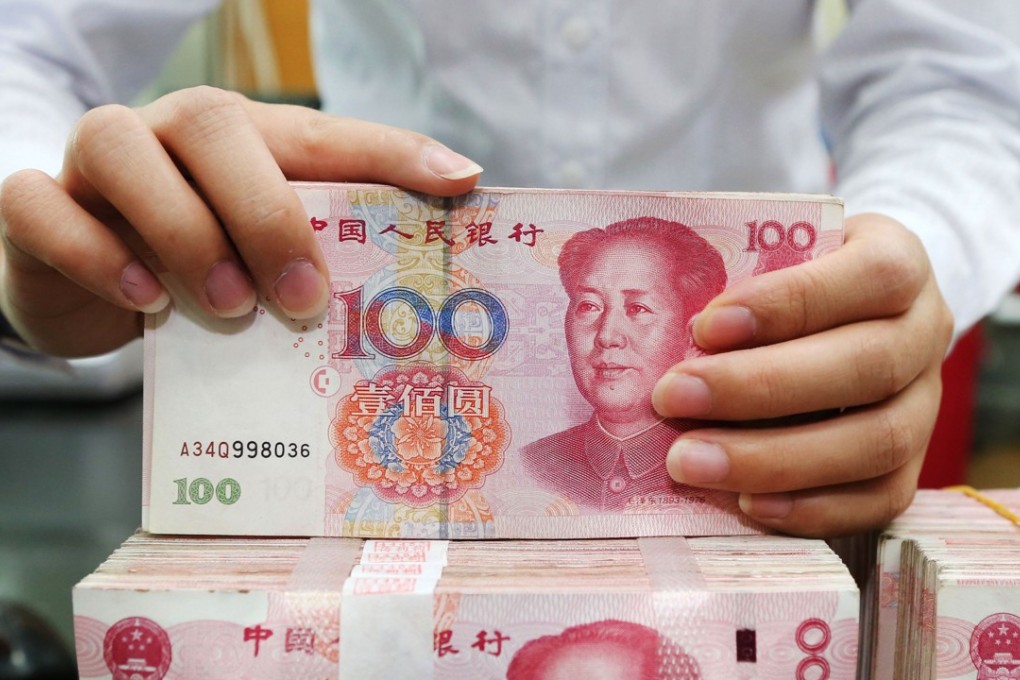Advertisement
Macroscope | The real reasons the yuan fell had little to do with Chinese manipulation
Aidan Yao says that the recent sharp fall in the value of China’s currency has been driven by several factors, including the trade tensions with the US. Beijing’s focus from here on will likely be on fiscal stimulus, rather than run the risks that a major devaluation would hold
Reading Time:4 minutes
Why you can trust SCMP

The recent sharp depreciation of the renminbi has ignited fears that Beijing is resorting to currency devaluation to fend off an escalating trade war with the United States. The yuan’s value vis-à-vis the dollar has fallen by more than 6 per cent since the middle of June. The CFETS RMB index has also depreciated by more than 5 per cent, suggesting that the yuan weakness was broad-based against peers in its trade-weighted basket.
Is Beijing competitively devaluing the currency to save its economy? Where will the exchange rate go from here? And how will the depreciation affect China’s economy?
On the first question, one has to realise that the yuan has only depreciated noticeably over the past six weeks. Before that, the exchange rate had been tracking the broad dollar move very closely up until mid-April and was resilient in light of the dollar rebound between mid-April and mid-June. Since the US Dollar Index has rallied by about 5½ per cent since mid-April, one could argue that the yuan was merely catching up to the dollar strength.
Advertisement
One obvious question is: why was the yuan so resilient between mid-April and mid-June, and only gave it all back in the last six weeks? Our hunch is that the exchange rate was supported earlier by the robust Chinese economic data, which only started to deteriorate in June.
In addition, foreign capital flowed to the Chinese market following the inclusion of yuan bonds in the Bloomberg Barclays Global Aggregate Index and ahead of A-shares’ MSCI inclusion. For a brief period, China was seen as a “safe-haven” when concerns over rising US dollar and interest rates swept across the emerging markets.
Watch: ‘Biggest trade war in economic history’ begins between the US and China
Advertisement
Select Voice
Choose your listening speed
Get through articles 2x faster
1.25x
250 WPM
Slow
Average
Fast
1.25x
